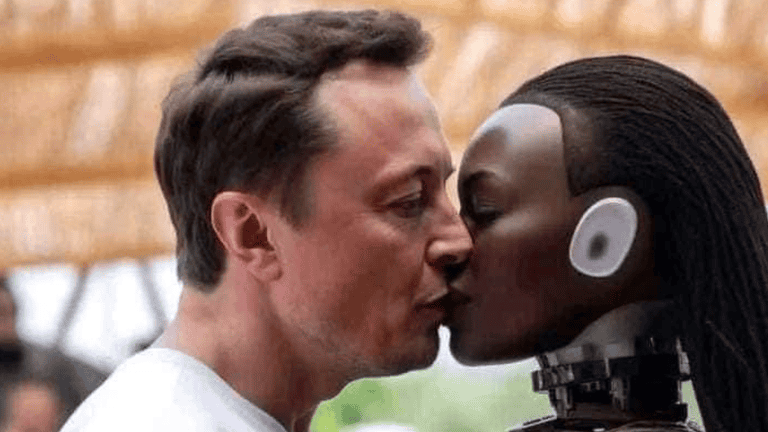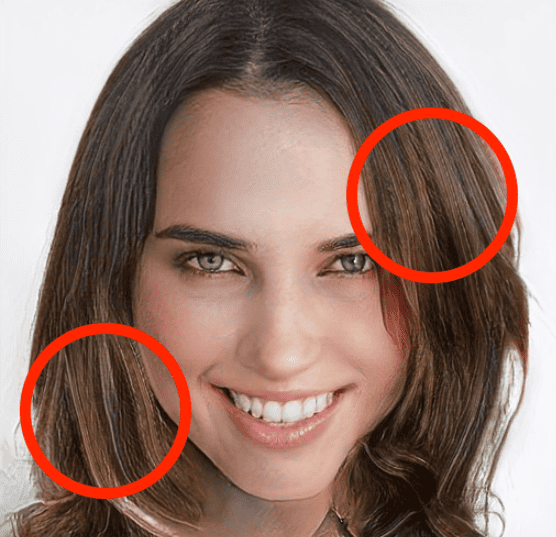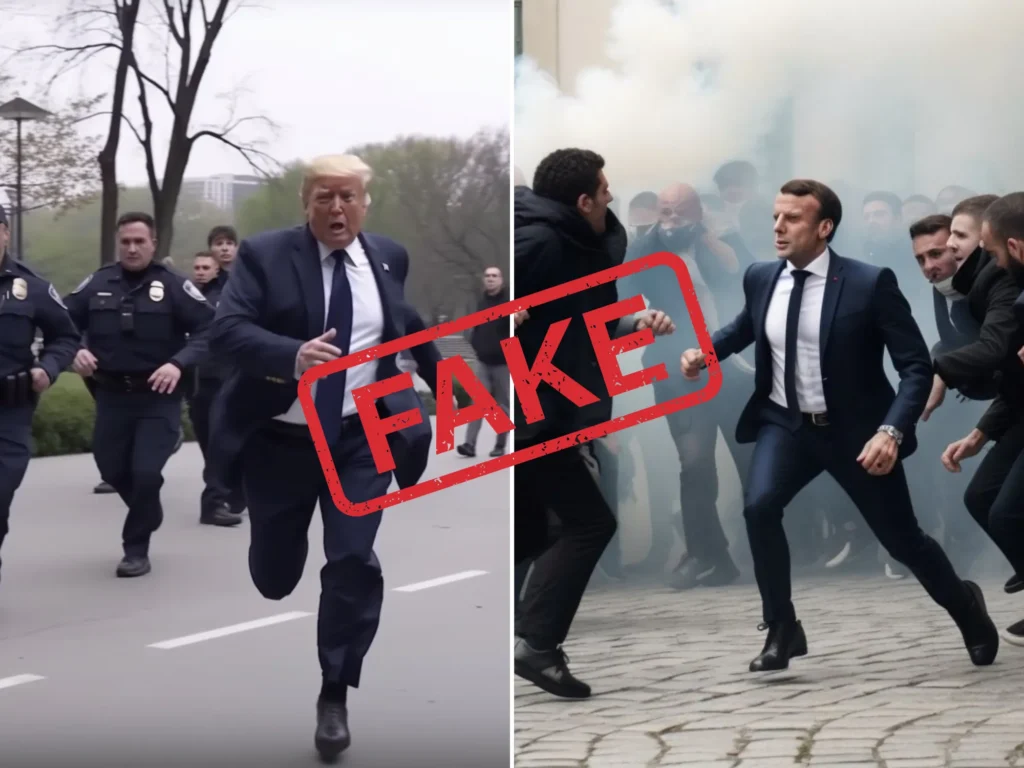Hey man! We live in a world where seeing is no longer believing. The rise of AI-generated images has blurred the lines between reality and fabrication, making it increasingly difficult to discern truth from falsehood. From seemingly innocent social media posts to potentially damaging disinformation campaigns, the implications of this technology are far-reaching. But don’t worry, you don’t have to be a tech wizard to spot these digital deceptions! Armed with the right knowledge and a keen eye, you can navigate this new visual landscape with confidence.
AI’s Visual Tricks: How to Outsmart the Machines
While AI image generators are becoming more sophisticated, they still leave behind telltale signs. By learning to recognize these subtle clues, you can become a master at separating the real from the artificial. Here are some key areas to focus on:
1. The Anatomy of a Fake: Decoding Visual Inconsistencies
AI often struggles with the complexities of human and animal anatomy. Look closely at hands, teeth, and eyes for common giveaways:
- Hands: Extra fingers, missing fingers, or hands that blend unnaturally into objects are classic signs of AI manipulation.
- Teeth: Continuous tooth strips, where teeth appear as a single solid mass, are another frequent error.
- Eyes: Misaligned reflections, misplaced eyes, or eyes with an unnatural appearance can expose an AI-generated image.
2. Textual Treachery: Unmasking AI’s Linguistic Limitations
AI-generated text is notoriously unreliable. Pay close attention to text within images, as it can reveal glaring inconsistencies:
- Gibberish: Nonsensical text or random characters masquerading as letters are a dead giveaway.
- Blurred Letters: Text that appears blurry or distorted, especially on signs or documents, is a strong indicator of AI involvement.

3. Lighting and Shadows: Exposing AI’s Artistic Shortcomings
AI often fumbles with the nuances of lighting and shadows, creating unrealistic or inconsistent effects:
- Misaligned Shadows: Shadows that don’t align with the supposed light source or are missing altogether are suspicious.
- Inconsistent Lighting: Lighting that doesn’t match the environment or seems too perfect is another red flag.
4. Reflections: Mirrors of Deception
Reflections are a powerful tool for spotting AI fakery. AI frequently struggles to create accurate reflections, revealing its limitations:
- Mismatched Reflections: Reflections that don’t align with the main subject or are distorted in some way point to AI manipulation.
5. Pattern Recognition: Spotting AI’s Repetitive Tendencies
AI tends to rely on repetitive patterns, especially in backgrounds and textures. Look for:
- Unnatural Patterns: Patterns that seem too perfect, repetitive, or out of place in the natural environment.
- Blurred Textures: Textures that lack detail or appear overly smooth, especially in organic elements like leaves or skin.
6. Urban Landscapes: AI’s Architectural Blunders
AI-generated cityscapes often contain errors in architectural detail and scale:
- Missing Buildings: Parts of the skyline may be missing or incomplete.
- Warped Shapes: Buildings may have distorted edges or appear unnaturally shaped.
7. Historical Inaccuracies: Unveiling AI’s Temporal Mistakes
AI often struggles to recreate historical details accurately, resulting in subtle but telling errors:
- Inconsistent Construction: Historical structures may have misaligned features or incorrect proportions.
- Anachronisms: Elements that don’t belong in the depicted time period may appear, exposing the AI’s limitations.
8. Trust Your Gut: Your Most Powerful Weapon
If an image feels “off” or too perfect to be true, it probably is. Don’t ignore your instincts! They can often be your first line of defense against AI deception.

Beyond the Naked Eye: Advanced Tools for AI Detection
While visual inspection is a valuable first step, there are also advanced tools that can help you delve deeper into an image’s authenticity.
Reverse Image Search: Tracing the Digital Footprints
Reverse image search engines, like Google Images and TinEye, allow you to upload an image and find other instances of it online. This can help you:
- Identify the Original Source: If the image is based on an existing photo, reverse image search can often reveal the original.
- Detect Tampering: If the uploaded image doesn’t match other versions online, it suggests manipulation or AI generation.
- Track Image Provenance: Understanding where an image has appeared and how it has been used provides valuable insights into its authenticity.
Pro Tips for Effective Reverse Image Searches:
- Crop for Clarity: Focus the search by cropping the image to the key section you want to analyze.
- Explore Multiple Tools: Different tools have different strengths; try both Google Images and TinEye for comprehensive results.
- Metadata Analysis: Use metadata tools like ExifTool to examine the image file’s origin and potential edits.
Conclusion
The proliferation of AI-generated images presents both exciting possibilities and significant challenges. By understanding the techniques behind these digital creations and developing a critical eye, you can confidently navigate this evolving visual landscape. Remember, knowledge is power! By staying informed and vigilant, you can avoid falling prey to AI deception and contribute to a more informed and discerning online community.
FAQs
Are all AI-generated images bad? Not necessarily! AI image generation is a powerful tool with many legitimate uses, such as in art, design, and entertainment. The key is to be aware of its potential for misuse and to approach all images with a healthy dose of skepticism.
How can I protect myself from AI-generated disinformation? Be critical of information sources, especially online. Verify information from multiple sources, look for evidence of bias, and be wary of images that evoke strong emotions or seem too perfect.
What is the future of AI image generation? AI image generation technology is rapidly evolving, making it increasingly difficult to detect fakes. As the technology advances, it’s crucial to stay informed about new detection methods and to promote responsible use of AI.

